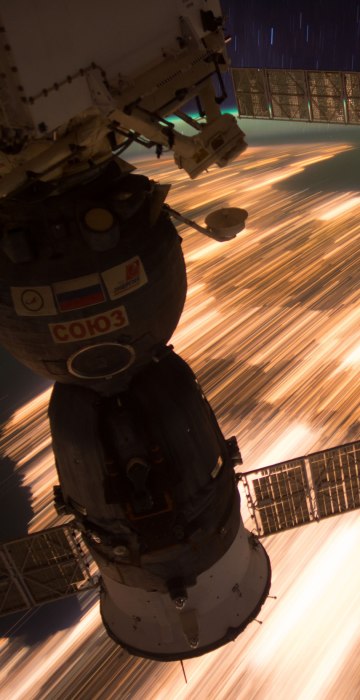
Space
Year in Space: 2016
See major lasers, distant stars, orbiting astronauts and other out-of-this-world photos from 2016.

A man and his dog are silhouetted by a supermoon on a hill behind Shadow Mountain Sports Complex in Sparks, Nevada, on Nov. 14.
The brightest, biggest moon in almost 69 years lit up the sky in a treat for star watchers around the globe. A supermoon occurs when there is a full moon on the same days it is in perigee, which is the closest point in the moon's orbit to Earth. Supermoons can be 14 percent bigger and 30 percent brighter than an ordinary full moon, according to NASA.
PHOTOS: Stunning Views of the Supermoon
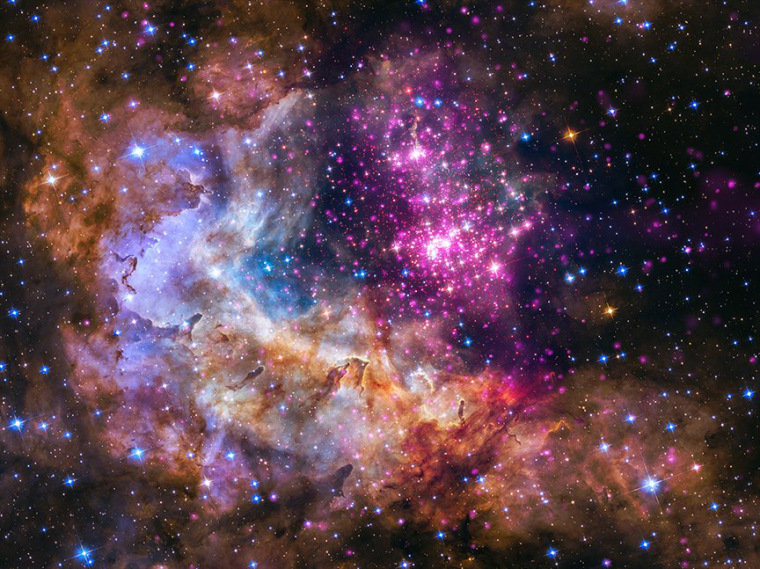
Westerlund 2, a cluster of young stars — about one to two million years old — is located about 20,000 light years from Earth. NASA's Chandra X-ray Observatory released this image on Oct. 14.
Data in visible light from the Hubble Space Telescope (green and blue) reveal thick clouds where the stars are forming. High-energy radiation in the form of X-rays, however, can penetrate this cosmic haze, and are detected by Chandra (purple).

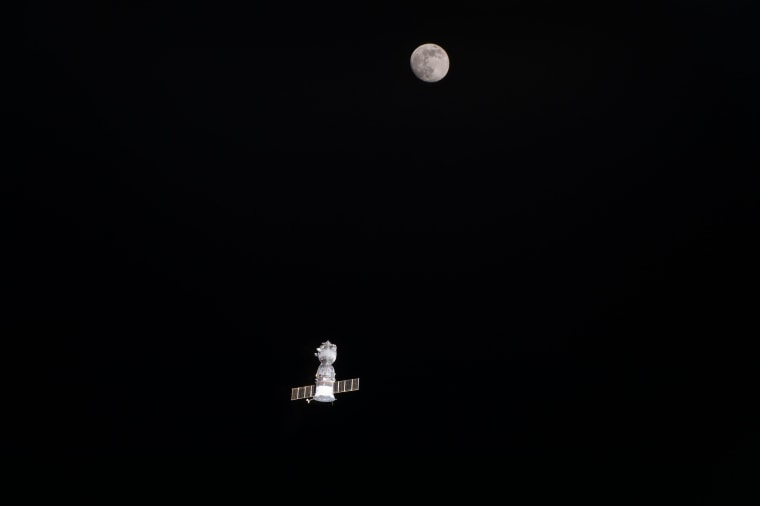
The Soyuz TMA-19M spacecraft departs the International Space Station in front of a nearly full moon on June 18.
Onboard the spacecraft, NASA astronaut Tim Kopra, British astronaut Tim Peake and Russian cosmonaut Yuri Malenchenko were returning to Earth after 186 days in space.
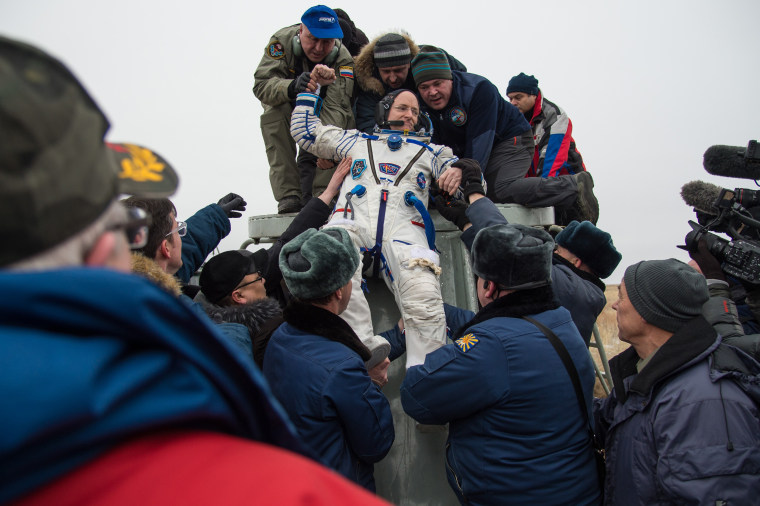
Scott Kelly of NASA is helped out of the Soyuz TMA-18M spacecraft just minutes after he and Russian cosmonauts Mikhail Kornienko and Sergey Volkov of Roscosmos landed in a remote area near the town of Zhezkazgan, Kazakhstan on March 2.
Kelly and Kornienko's year-long mission provided valuable data on the effect of long duration weightlessness on the human body that will be used to formulate a human mission to Mars. Volkov returned after spending six months on the station.
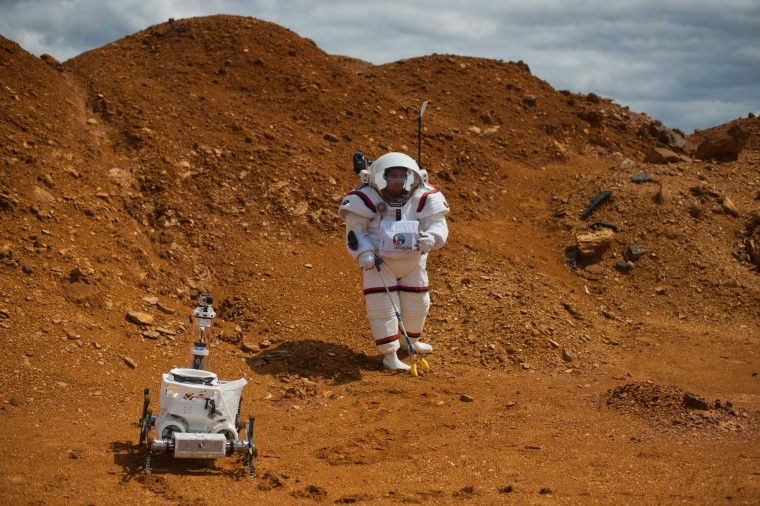
Colombian astronaut Diego Urbina tests the Gandolfi 2 spacesuit next to the "Yemo" robot during the MOONWALK project's first Mars mission simulation in Minas de Riotinto, Spain, on April 22. Funded by the European Commission, the goal of the project is to develop and test technologies and training procedures for future human missions to Moon and Mars.
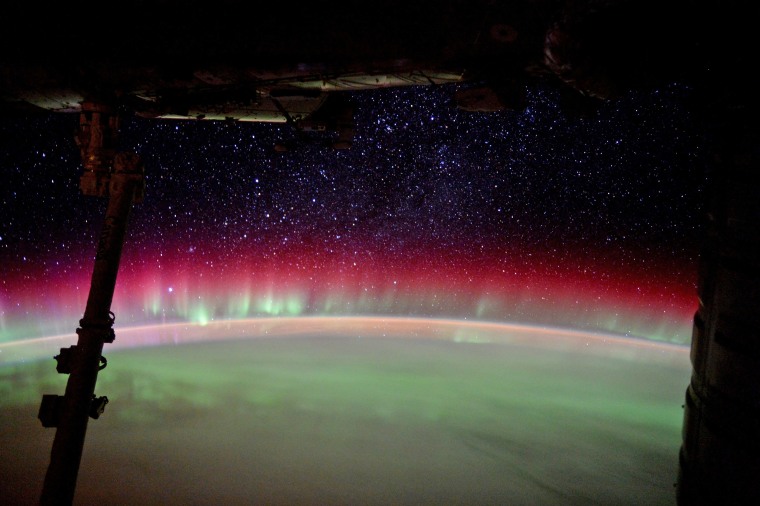
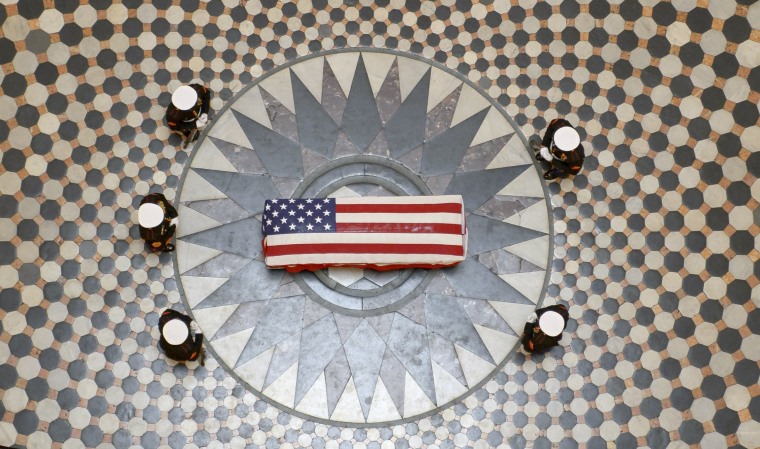
John Glenn, a former astronaut and U.S. senator, lies in repose under a U.S. Marine honor guard in the rotunda of the Ohio Statehouse on Dec. 16 in Columbus.
Glenn grew up in eastern Ohio before becoming a national hero when he orbited Earth in 1962. Before that he was a fighter pilot in World War II and Korea.
A Democrat, Glenn also spent more than two decades representing Ohio in the U.S. Senate and became the oldest man in space, at age 77 in 1998.
PHOTOS: Mourners Remember Beloved Astronaut
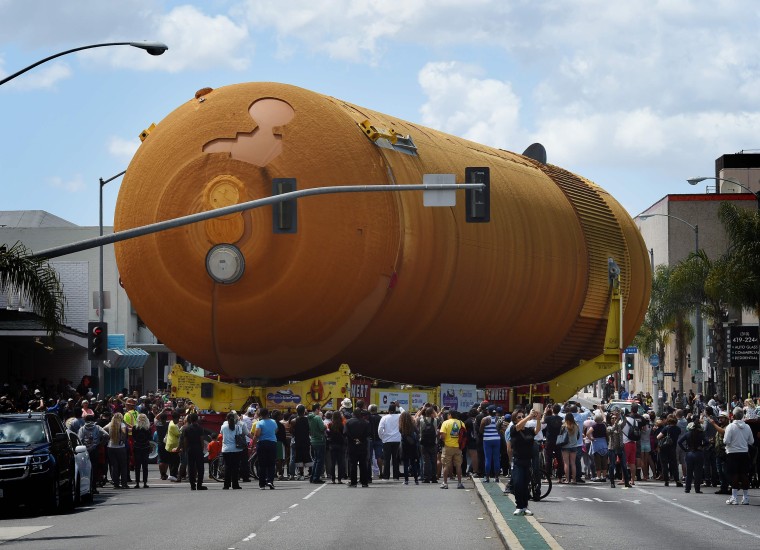
The ET-94 space shuttle external fuel tank travels through Inglewood to complete its 4,000 nautical mile from NASA's Michoud Assembly Facility in Louisiana to the California Science Center in Los Angeles on May 21. It will be paired with the space shuttle Endeavour in a vertical launch position at the museum.
PHOTOS: Space Shuttle Fuel Tank Rolls Slowly Through Los Angeles
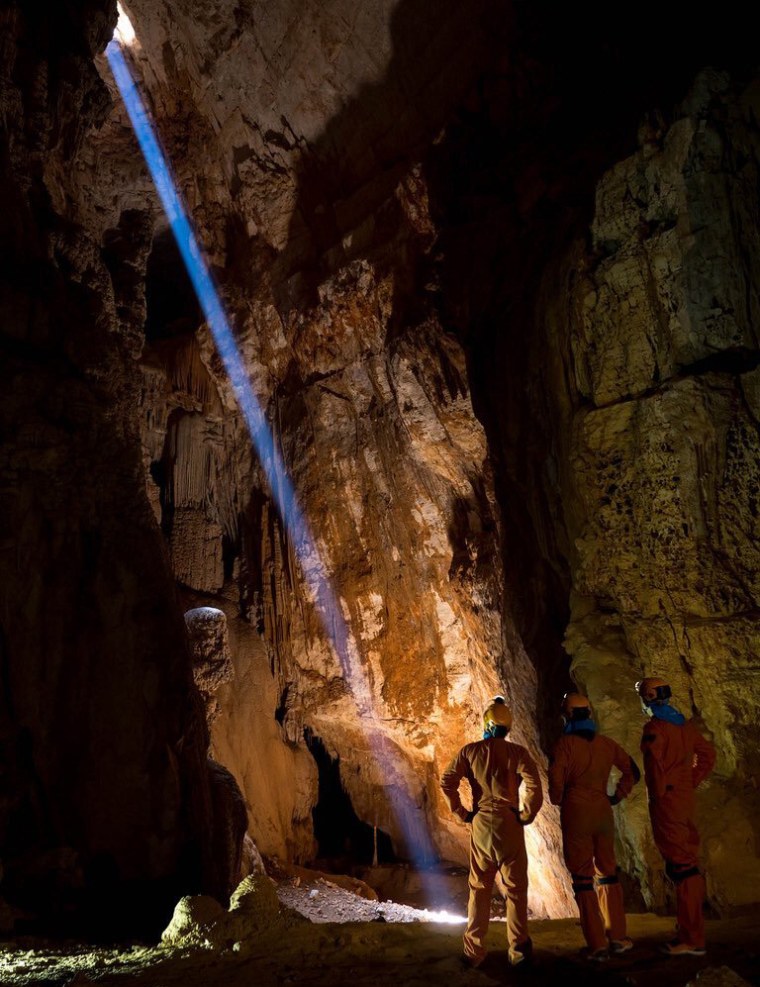
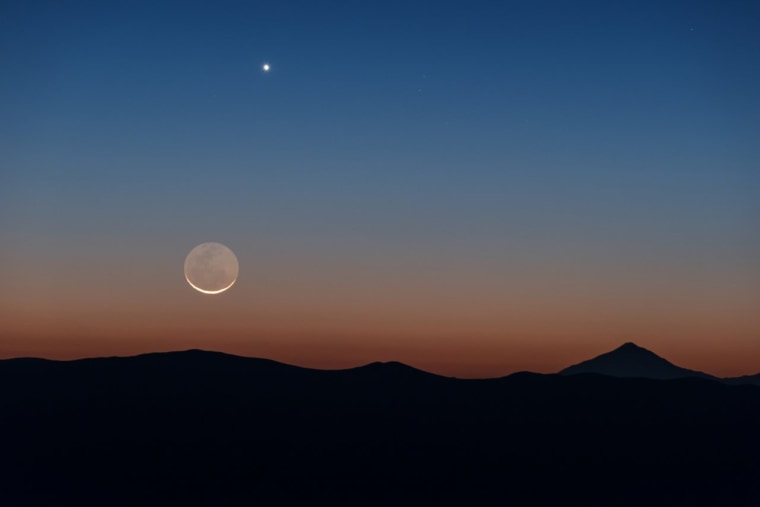

The undocked Russian Progress 62 spacecraft backs away from the International Space Station for a test of the upgraded tele-robotically operated rendezvous system on July 1.
The Progress resupply vehicle is an automated, unpiloted version of the Soyuz spacecraft that is used to bring supplies and fuel to the International Space Station.

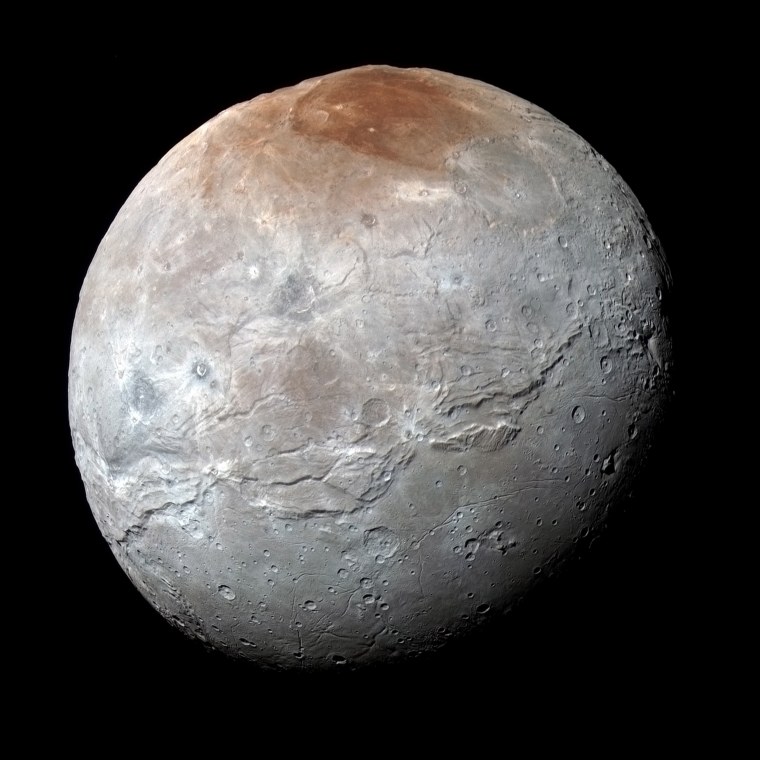
Pluto's largest moon, Charon, appears in a high-resolution, enhanced color view captured by NASA's New Horizons spacecraft released on Sept. 15.
Scientists have learned that reddish material in the north (top) polar region is chemically processed methane that escaped from Pluto's atmosphere onto Charon.
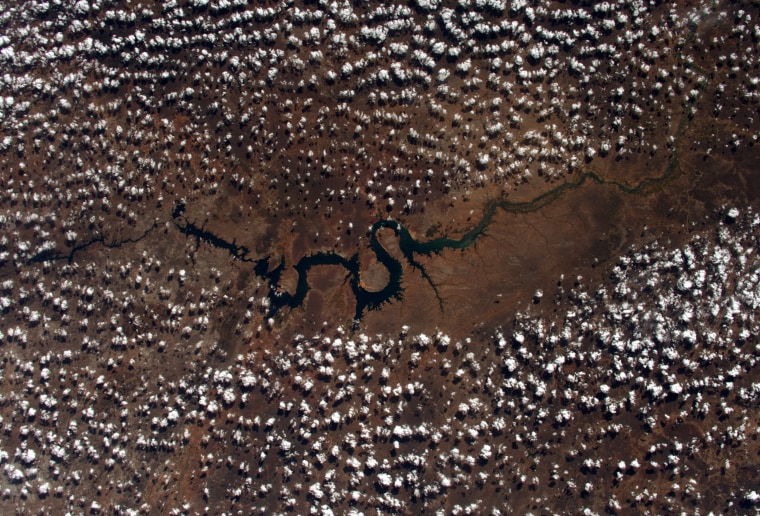
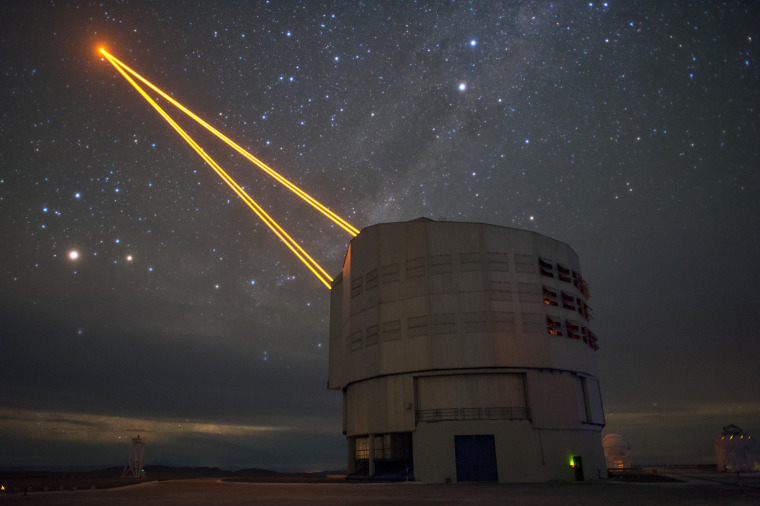
Four lasers reach into the night sky at the European Southern Observatory's Very Large Telescope on Sept. 2 in Paranal, Chile. The lasers are a part of the adaptive optics system on the VLT which allows astronomers to drastically reduce the atmospheric distortion present at even the best sites in the world for astronomy.
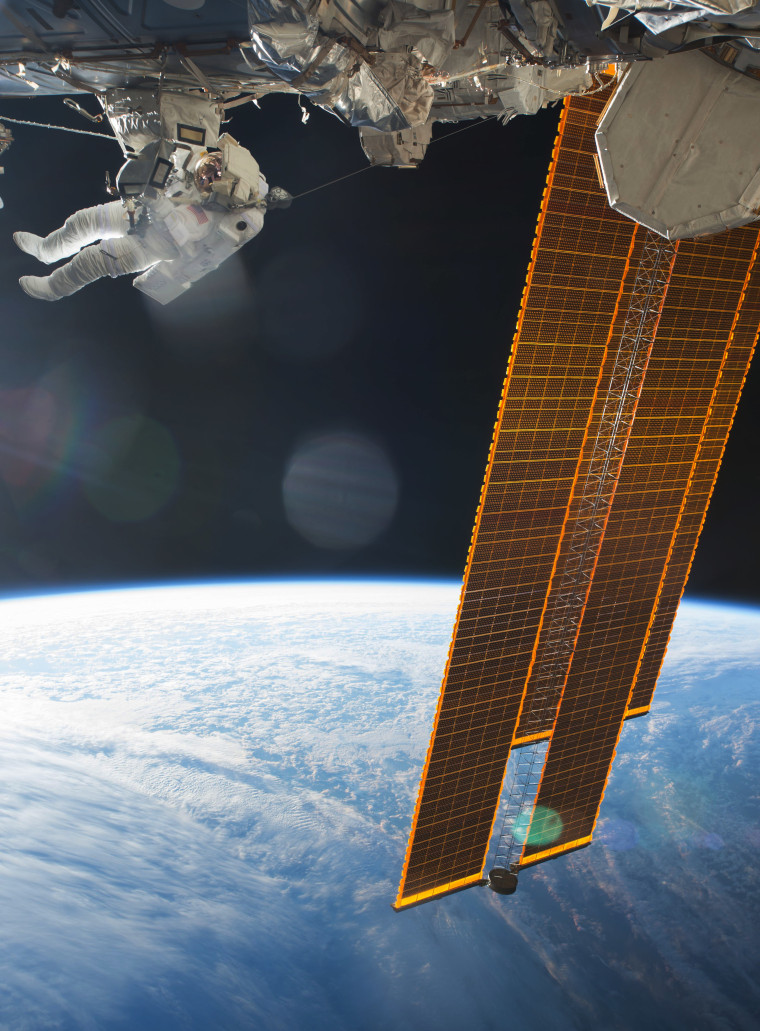
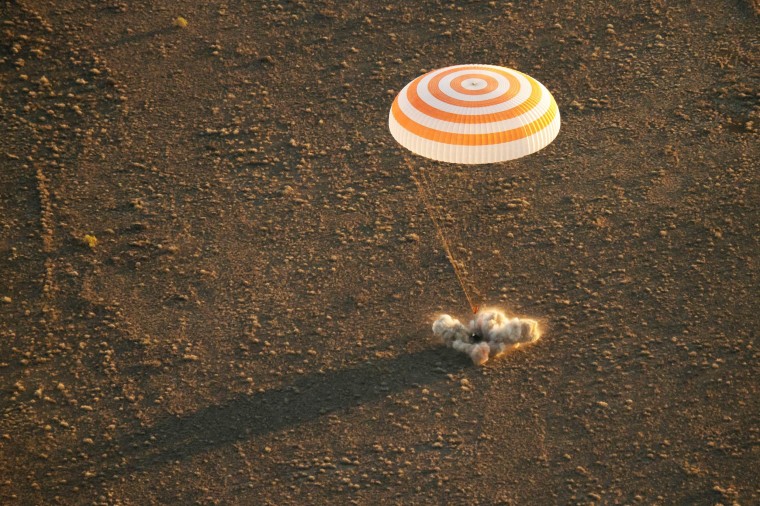

International Space Station crew members, from left, astronaut Jeff Williams and cosmonauts Alexey Ovchinin and Oleg Skripochka sit inside the Soyuz capsule after landing in Kazakhstan on Sept. 7. The three were returning after 172 days in space. Adding those days to his three previous space flights, Williams has spent a total of 534 days off the planet, the longest for a NASA astronaut.
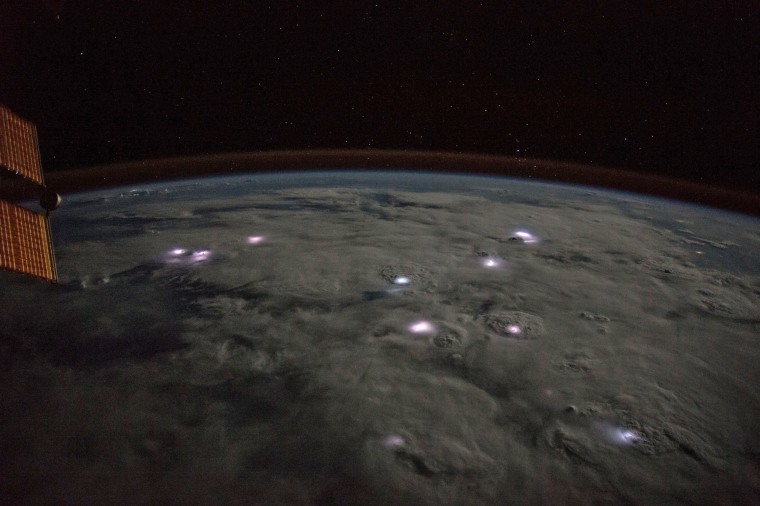
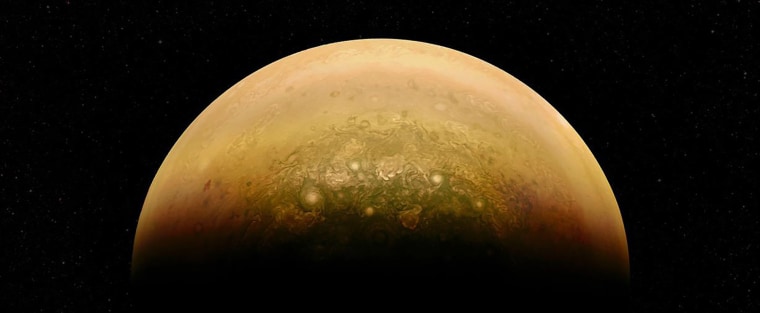
The sunlit part of Jupiter and its swirling atmosphere are seen in this image released on Oct. 21 and created by a citizen scientist (Alex Mai) using data from Juno's JunoCam instrument.
NASA's robotic Juno probe began circling the solar system's largest planet in July, ending a nearly five-year journey through deep space.
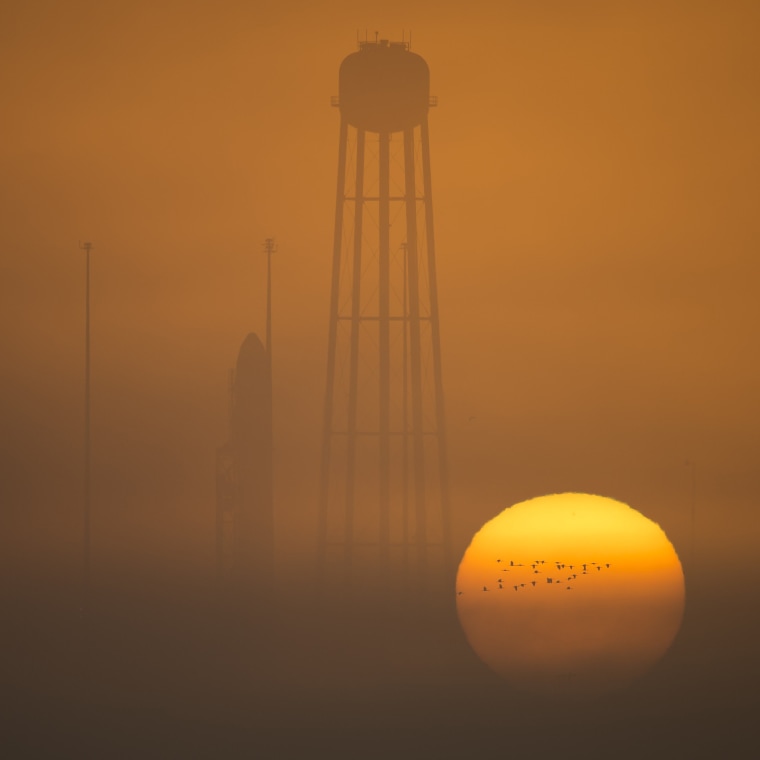
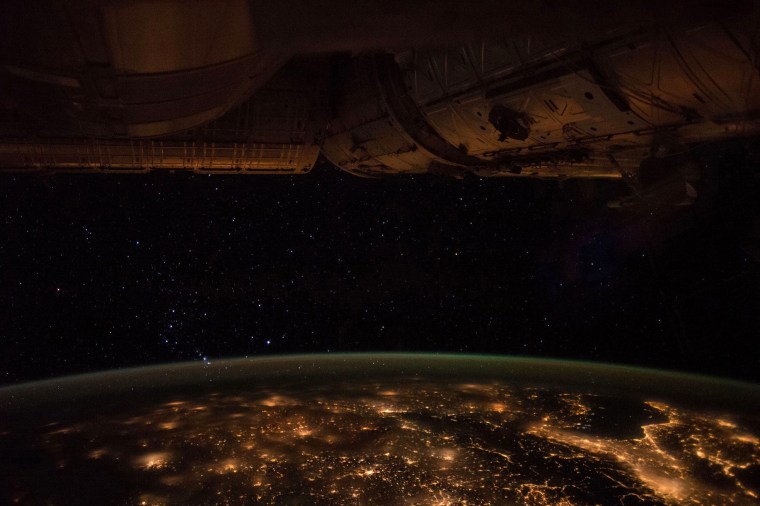
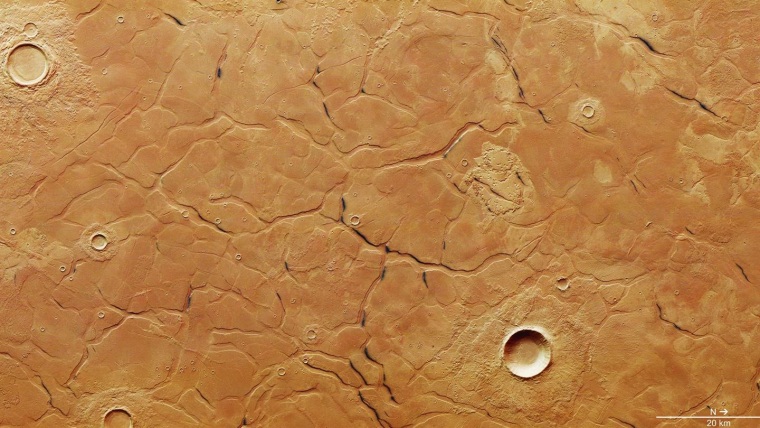
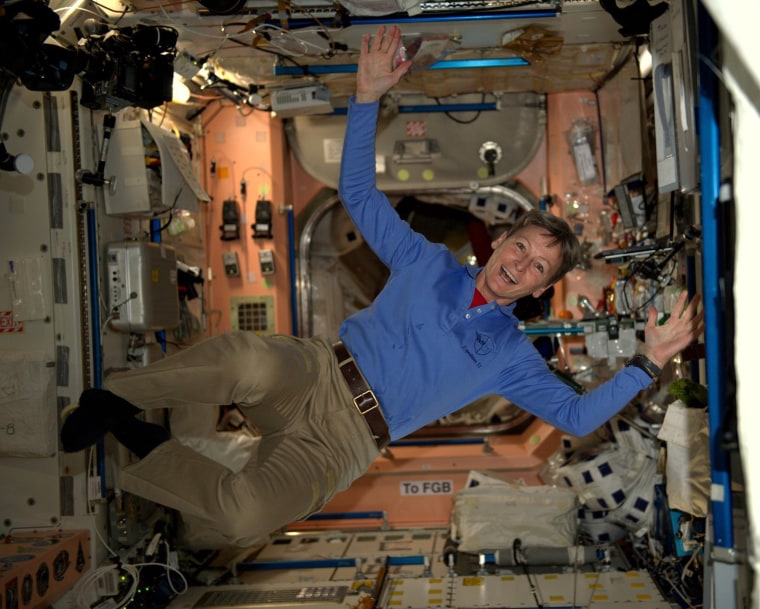
Astronaut Peggy Whitson tweeted this photo of herself at the International Space Station on Nov. 29, saying, "Gotta love zero gravity!"
Whitson became the oldest woman to travel to space when she began her third space station mission in November. She will turn 57 aboard the station.

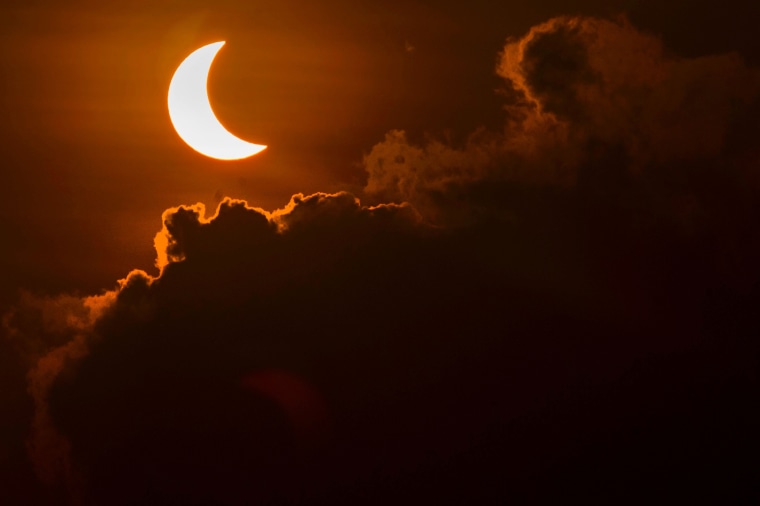
The moon passes in front of the sun during a total solar eclipse in Banda Aceh, Indonesia, on March 9. A total solar eclipse swept across the vast Indonesian archipelago, witnessed by tens of thousands of sky gazers and marked by parties, Muslim prayers and tribal rituals.